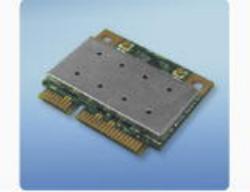

Blogger Bob Lenz also gives us a snapshot of what blended learning looks like in the classroom. Read a blog by Heather Wolpert-Gawron about blended learning. While K-12 online learning gains traction around the world (visit our Schools That Work package about online learning), many teachers are also exploring blended learning - a combination of both online and face-to-face education. Just a few of these ways are listed below - but new technology tools and ideas emerge daily. It is sometimes difficult to describe how technology can impact learning because the term "technology integration" is such a broad umbrella that covers so many varied tools and practices there are many ways technology can become an integral part of the learning process.


Technology is continuously, and rapidly, evolving. Willingness to embrace change is also a major requirement for successful technology integration. Still, there are ways to implement even an interactive whiteboard to make it a tool for your students. For instance, in a classroom with only an interactive whiteboard and one computer, learning is likely to remain teacher-centric, and integration will revolve around teacher needs, not necessarily student needs. But how we define technology integration can also depend on the kinds of technology available, how much access one has to technology, and who is using the technology. Seamless integration is when students are not only using technology daily, but have access to a variety of tools that match the task at hand and provide them the opportunity to build a deeper understanding of content.
How do i know what is azurewave technologies inc. how to#
Before we can discuss how to shift our pedagogy or the role of the teacher in a classroom that is integrating technology, it is important to first define what "technology integration" actually means.


 0 kommentar(er)
0 kommentar(er)
